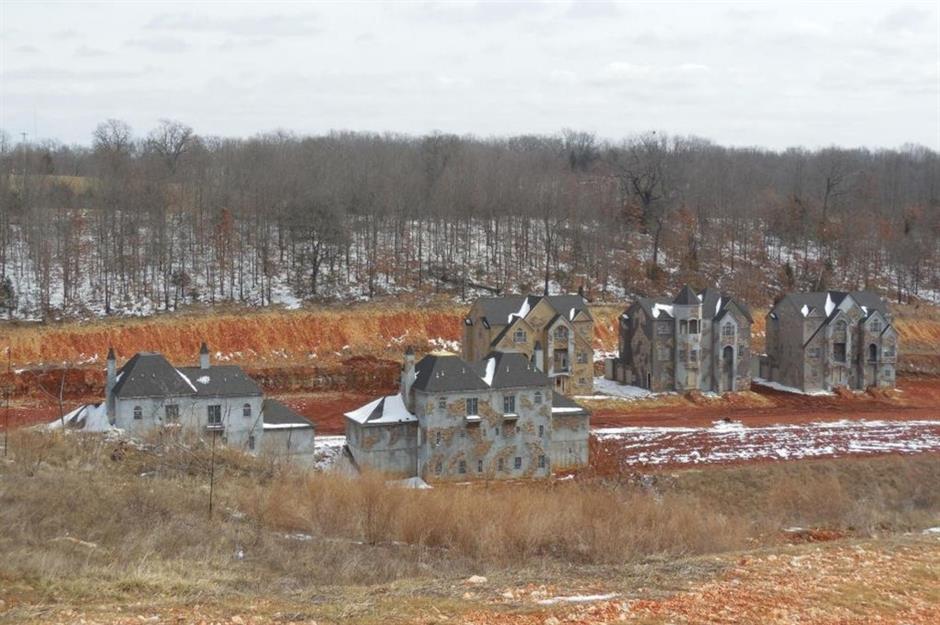

He began to buy homes and businesses from the original townsite and other rural ghost towns, painstakingly moving them to the new site and restoring them to their original “grandeur.”ġ920s Phillips 66 Station was originally located on Route 66 in Avilla, Missouri, by Kathy Alexander. His creative inspiration soon led him to turn his acreage into a tribute to his home town and before long Red Oak II was born. In 1987, Davis was living on a farm near Carthage that was little more than an empty cornfield. The original Red Oak, like many other rural agricultural towns across the country, started to fade sometime after World War II, when people began to move to the cities in earnest.Īfter Davis had left the area for a number of years, he returned in the 1970s to find his home town had become a ghost town. Red Oak II was actually the brainchild of artist Lowell Davis who grew up in the “real” Red Oak, Missouri, about 18 miles northwest of the “new” Red Oak II.

But, it has authentic old buildings, and an old cemetery, and it looks like a ghost town. Photo: John Fowler / Flickr / CC-BY 2.Town Hall in Red Oak, Missouri by Kathy Alexander.Ī couple of miles northeast of Carthage, Missouri and just off Route 66 is Red Oak II – a ghost town, but not really.

Many of these ghost towns have been preserved and serve as state parks, while other former ghost towns have been slowly repopulated over time (such as Aspen, Colorado). Some of these ghost towns entered the popular culture, including Deadwood, South Dakota (which inspired the HBO TV series of the same name) and Cripple Creek, Colorado. Lindsay Baker of Tarleton State University in Texas has issued two defining characteristics of ghost towns: (1) there is no more reason for this town to exist and (2) there are tangible remnants of the town for visitors to see.In America, the notion of a "ghost town" became popularized largely following the California Gold Rush, when a variety of mining towns and camps sprung up across the Western and even parts of the Southern US that were later abandoned when the local resources were used up. Sometimes, the term "ghost town" is also applied to places that are sparsely populated, or from where a once-large population scattered, but this list will largely focus on abandoned, empty ghost towns.Īmerican academics have attempted to get even more specific about the definition of "ghost town." Professor T. Typical reasons for cities to be evacuated and abandoned by humans include an economic collapse, armed conflicts and wars, changes in the transportation grid, natural disasters such as floods and earthquakes or - in some cases - specific acts of local governments. "Ghost Town" is a slang term for a town or city that has, for one reason or another, been abandoned by people.


 0 kommentar(er)
0 kommentar(er)
